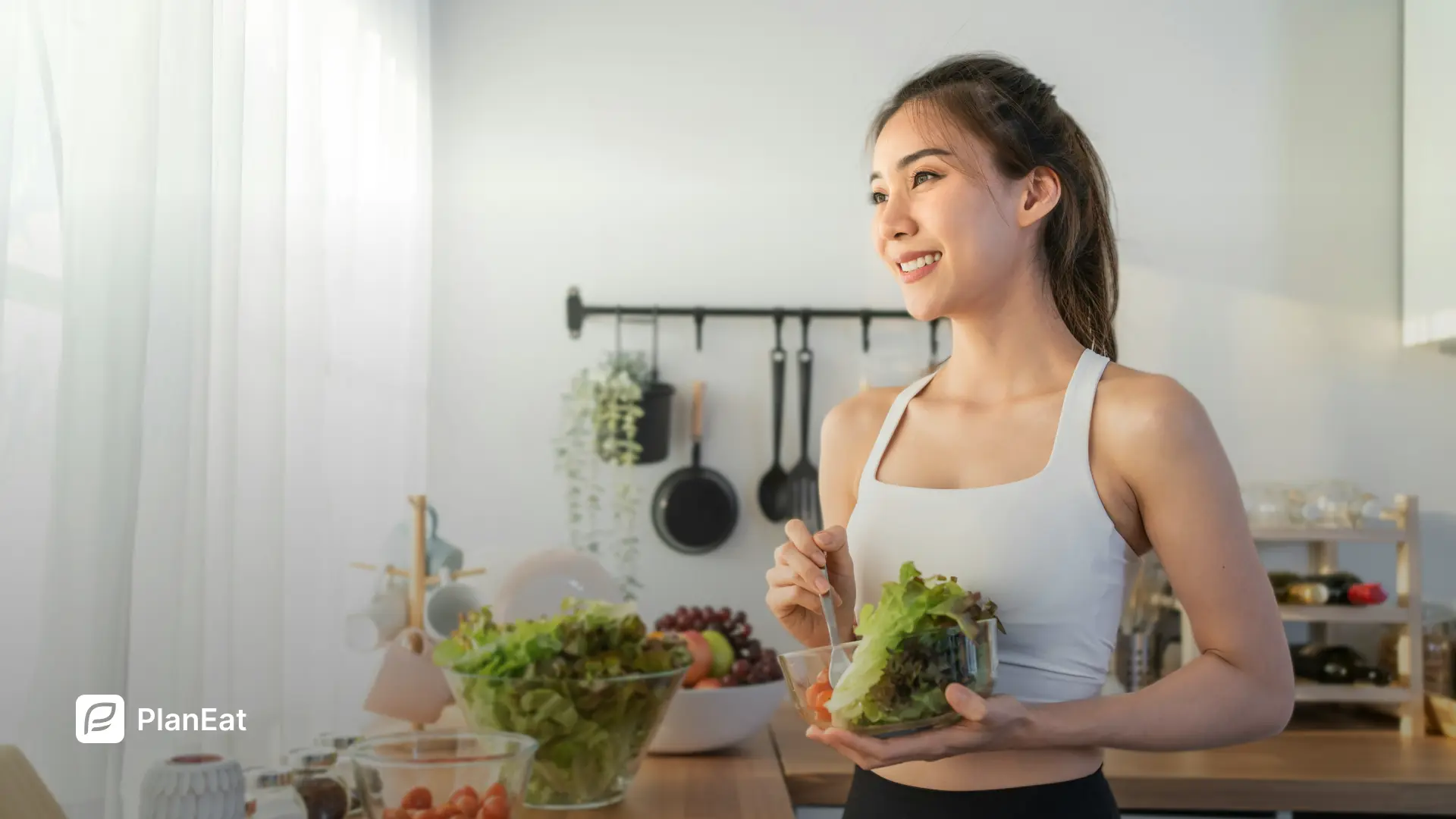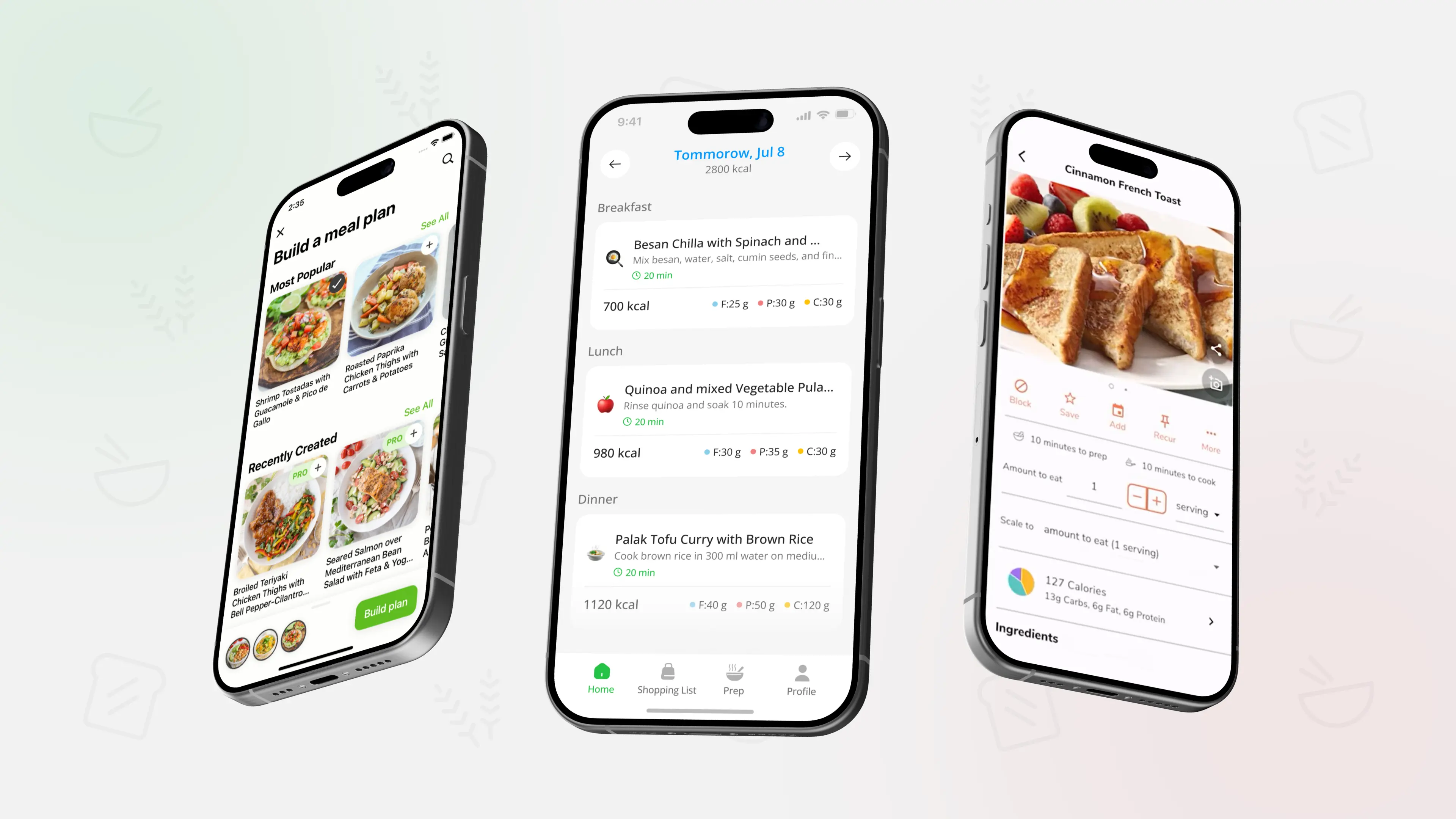Meal Prep Basics: Beginner’s Guide to Cooking Ahead
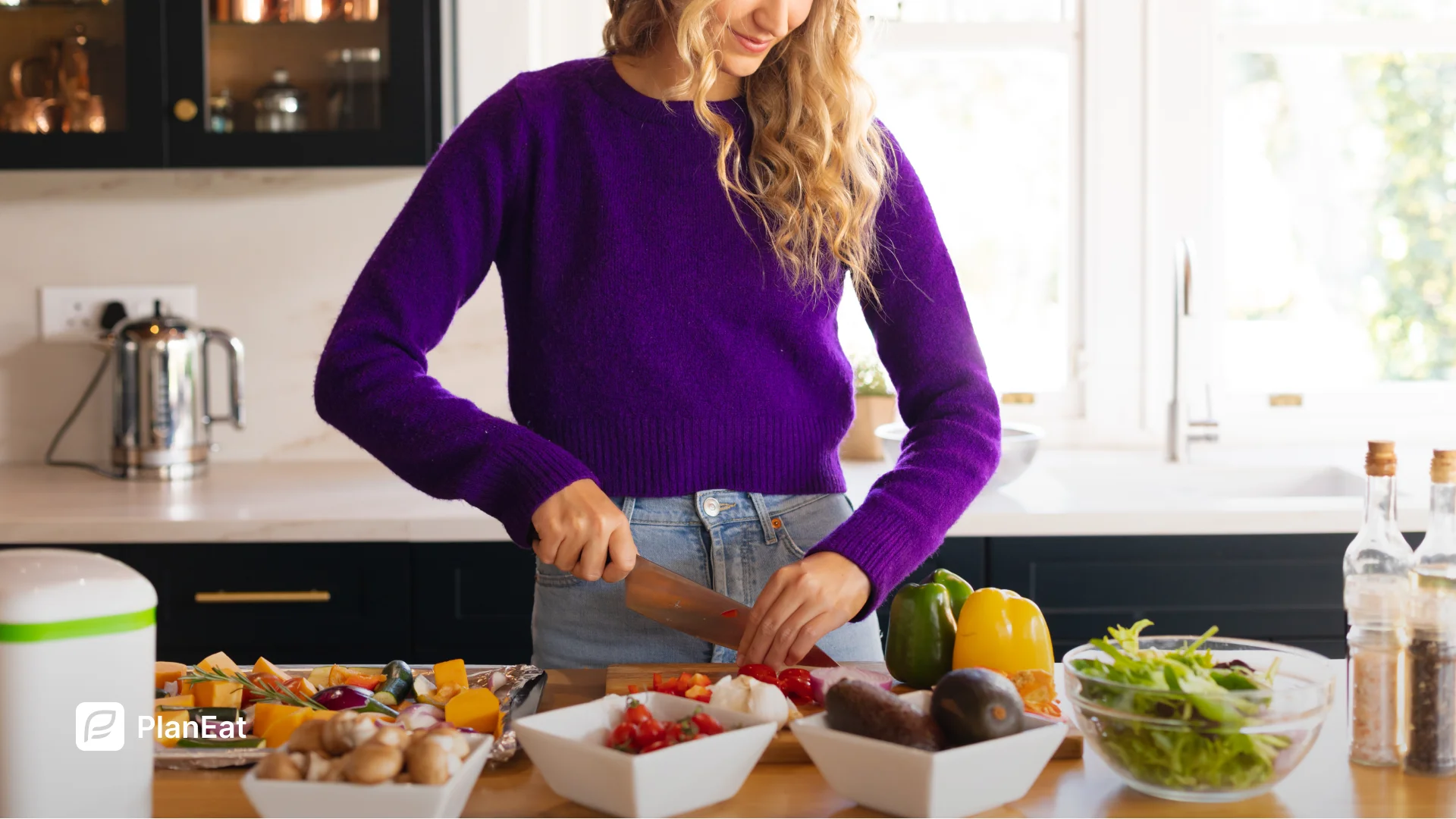
TL;DR: Meal prep is not about spending all Sunday in the kitchen or eating the same dish every day. It is a simple way to cook a few things ahead so your future meals become easier, cheaper, and more consistent. Start with a small weekly routine, pick a prep style that fits your life, and repeat what works instead of aiming for perfection.
What meal prep really is and what it is not
Meal prep is any habit that makes future meals easier because you did part of the work in advance. It can be as simple as washing and chopping vegetables or as structured as cooking several full meals for the week.
In practice, meal prep can mean:
- Cooking a big pot of soup or chili and using it for two or three meals.
- Baking a tray of chicken and vegetables that becomes dinners and lunches.
- Preparing overnight oats or yogurt bowls for several days.
- Chopping vegetables and cooking grains so dinners come together quickly.
Meal prep is not:
- Eating dry chicken and rice from one giant container all week.
- A strict rule that every meal must be pre cooked.
- Only for people on extreme fitness or weight loss plans.
If you have never planned meals at all, it can help to understand the bigger picture first. A short overview like a beginner meal planning guide from your main meal planning article can give context, and then meal prep becomes one tool inside that structure.
Choose your meal prep style as a beginner
You do not have to copy what you see in social media videos. Start with a style that matches your time, fridge space, and how much you enjoy leftovers.
Style 1: Full meals cooked ahead
You cook entire dishes and store them in containers.
Examples:
- A pan of lasagna or baked pasta divided into portions.
- Chicken and vegetable tray bake split into dinner and lunch boxes.
- A pot of soup that covers several meals.
Pros:
- Zero cooking on busy days.
- Very clear, grab and reheat.
Cons:
- Can feel repetitive if you do not like leftovers.
- Needs more fridge or freezer space.
Style 2: Components ready to assemble
You cook and prep building blocks, then mix and match them into meals.
Examples:
- A container of cooked grains like rice or quinoa.
- Roasted vegetables stored separately.
- Cooked protein such as chicken, tofu, beans, or boiled eggs.
- A simple sauce or dressing.
Pros:
- More flexibility and variety with the same ingredients.
- Easier to adjust portions day by day.
Cons:
- Requires a bit more thinking when assembling meals.
Style 3: Prep light, cook quick
You focus on prep that saves time, not full dishes.
Examples:
- Chopping onions, carrots, and peppers for the next few days.
- Washing and portioning salad greens.
- Prepping snack boxes with nuts, fruit, or vegetables.
Pros:
- Less overwhelming if you are new.
- Works even if you like cooking fresh.
Cons:
- Still requires cooking most days, just faster.
You can combine these styles. For example, cook one full meal for leftovers, prep a few components, and do light chopping.
If you want your prep work to follow a clear pattern, you can use PlanEat AI to generate a weekly meal plan and grouped grocery list based on your goals, dislikes, and cooking time. Then you decide which parts to cook ahead, which to prep as components, and which to leave for same day cooking.
A simple beginner friendly meal prep routine
Start small. You do not need a four hour session to benefit. Here is a basic routine you can test and adjust.
Step 1: Look at your week, not just your food
- Mark the busiest days and evenings.
- Choose one or two time blocks of sixty to ninety minutes when you can prep.
Step 2: Choose a few repeatable meals
- Pick two breakfasts you can happily repeat.
- Pick two lunches that either come from leftovers or simple templates like grain bowls or wraps.
- Pick three dinners that work well as leftovers or components.
For ideas on what a balanced week can look like, you can borrow structures from your 7-day balanced meal plan article and then simplify recipes or reduce servings to match your situation.
Step 3: Build a short grocery list from those meals
- Write ingredients by meal, then group them by store section.
- Avoid buying extra items that do not fit any meal this week.
Step 4: Choose your prep session tasks
During your prep window, focus on tasks that move several meals forward at once, for example:
- Cook a pot of grains.
- Roast a tray of mixed vegetables.
- Cook one protein such as chicken, tofu, or lentils.
- Prepare two or three breakfasts or snack options.
If you want to see how a more structured weekend prep block can work, you can look at a weekend meal prep routine in your dedicated article and then cut it down to a lighter version while you learn.
Step 5: Store smartly
- Cool food before putting it in the fridge.
- Use clear containers so you can see what you have.
- Label cooked items with the date if you tend to forget when you made them.
Beginner friendly meal prep ideas you can reuse
You do not need complex recipes to start meal prepping. Focus on simple combinations you can repeat and modify.
Easy breakfast prep ideas
- Overnight oats with milk or a milk alternative, fruit, and a spoon of peanut butter.
- Greek yogurt cups with berries and a small handful of granola or oats.
- Egg muffins baked with vegetables and a little cheese.
Lunch and dinner building blocks
- Grain bowls with rice or quinoa, roasted vegetables, beans or chicken, and a simple dressing.
- Sheet pan meals with chicken or tofu, potatoes, and vegetables.
- Big batches of soup, chili, or lentil stew that freeze well.
Snack prep ideas
- Cut vegetables with hummus.
- Small containers of nuts and dried fruit.
- Fruit and cheese pairs such as apple slices and a cheese stick.
If you want more inspiration for specific dishes that fit a prep friendly structure, you can draw from simple meal prep recipes in your easy recipe ideas article and plug them into your own weekly pattern.
Once you find a few meals and prep combinations that fit your schedule, you can save them as reusable plans in PlanEat AI. The app keeps your weekly structure and grouped grocery list in one place so you can repeat what works and only change a few meals at a time.
FAQ:
How many days ahead is it safe to meal prep
Most cooked dishes are commonly eaten within three to four days when stored properly in the fridge. Some foods freeze well and can last longer. Exact times depend on the recipe and storage, so when in doubt, follow food safety guidance for your region and use your senses.
Do I have to eat the same thing every day if I meal prep
No. You can cook two or three different meals and rotate them, or prep components and mix them into slightly different combinations. Repeating some meals is normal, but it does not have to be every single day.
How long should a beginner meal prep session take
You can start with sixty to ninety minutes once or twice a week. As you practice, you may find you can prep more in the same time or that you prefer shorter, more frequent sessions.
Do I need special containers to start meal prepping
You do not need expensive containers. Any food safe containers with good lids can work, especially if they are clear so you can see what is inside. Over time, you might invest in a few sturdy containers that stack well and reheat safely.
Can meal prep help with weight loss or health goals
Meal prep can support weight and health goals by making it easier to eat balanced meals and avoid last minute choices. It does not guarantee a calorie deficit or a specific outcome on its own, but it helps align what you actually eat with the kind of meals you are trying to have more often.
Educational content only - not medical advice.
Simple meal prep for real life
Start with a small weekly prep routine, choose a style that fits your schedule, and focus on a few repeatable meals. Over time, cooking ahead like this can save time, reduce stress, and make it easier to eat the way you want most days of the week.


.webp)
.webp)
.webp)
.webp)
.webp)
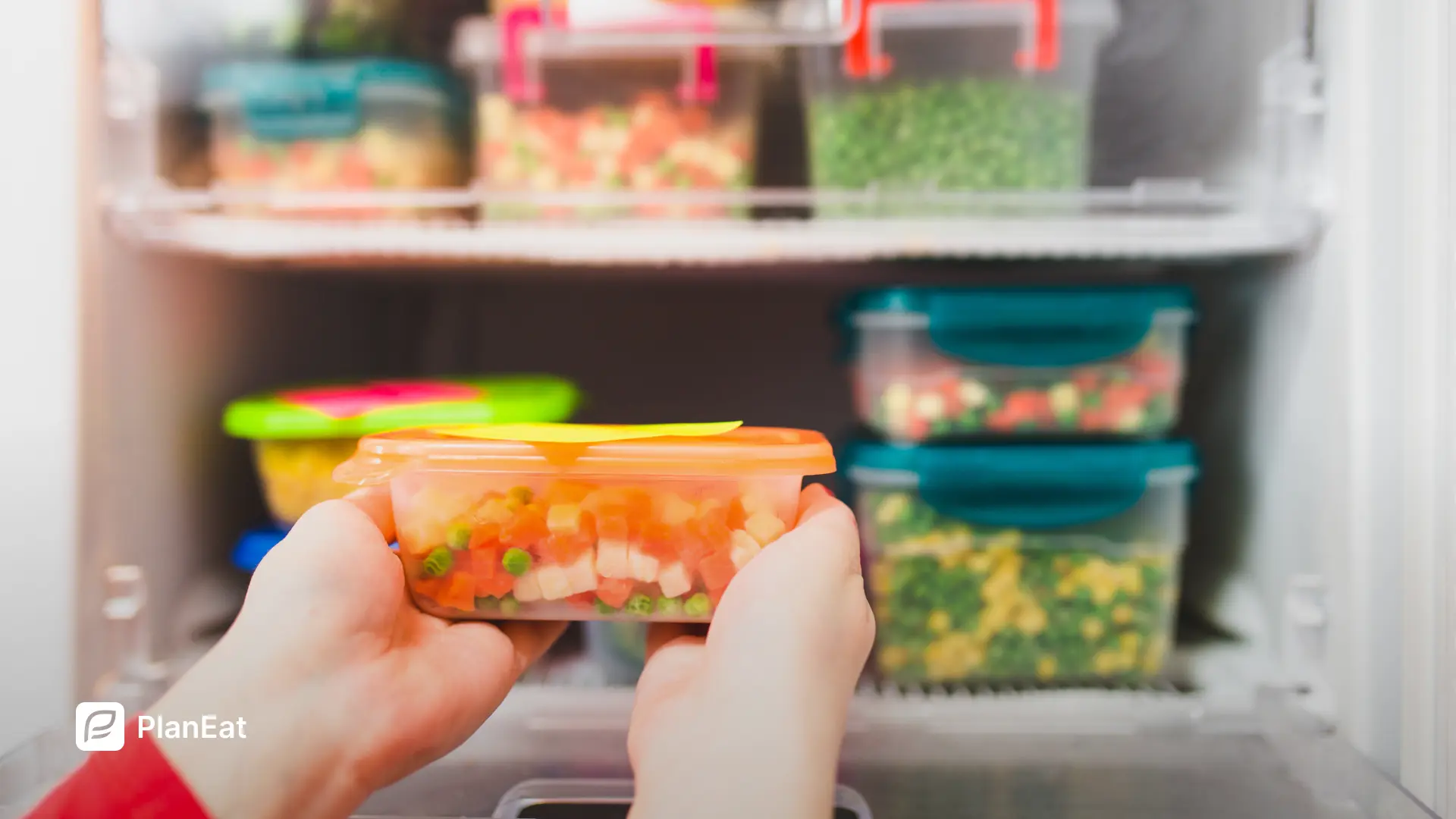
.webp)
.webp)
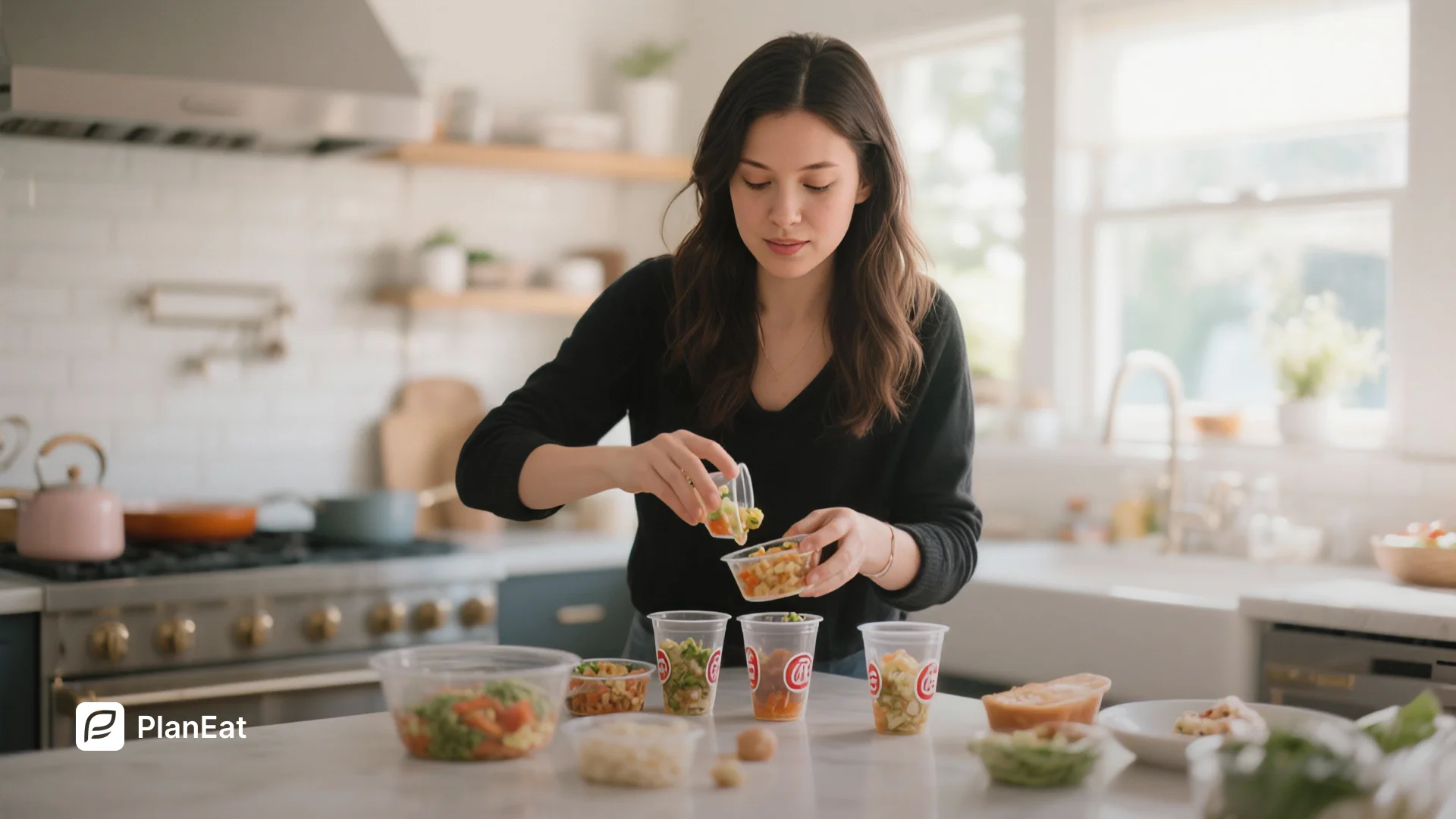
.webp)
.webp)
..webp)
.webp)
.webp)
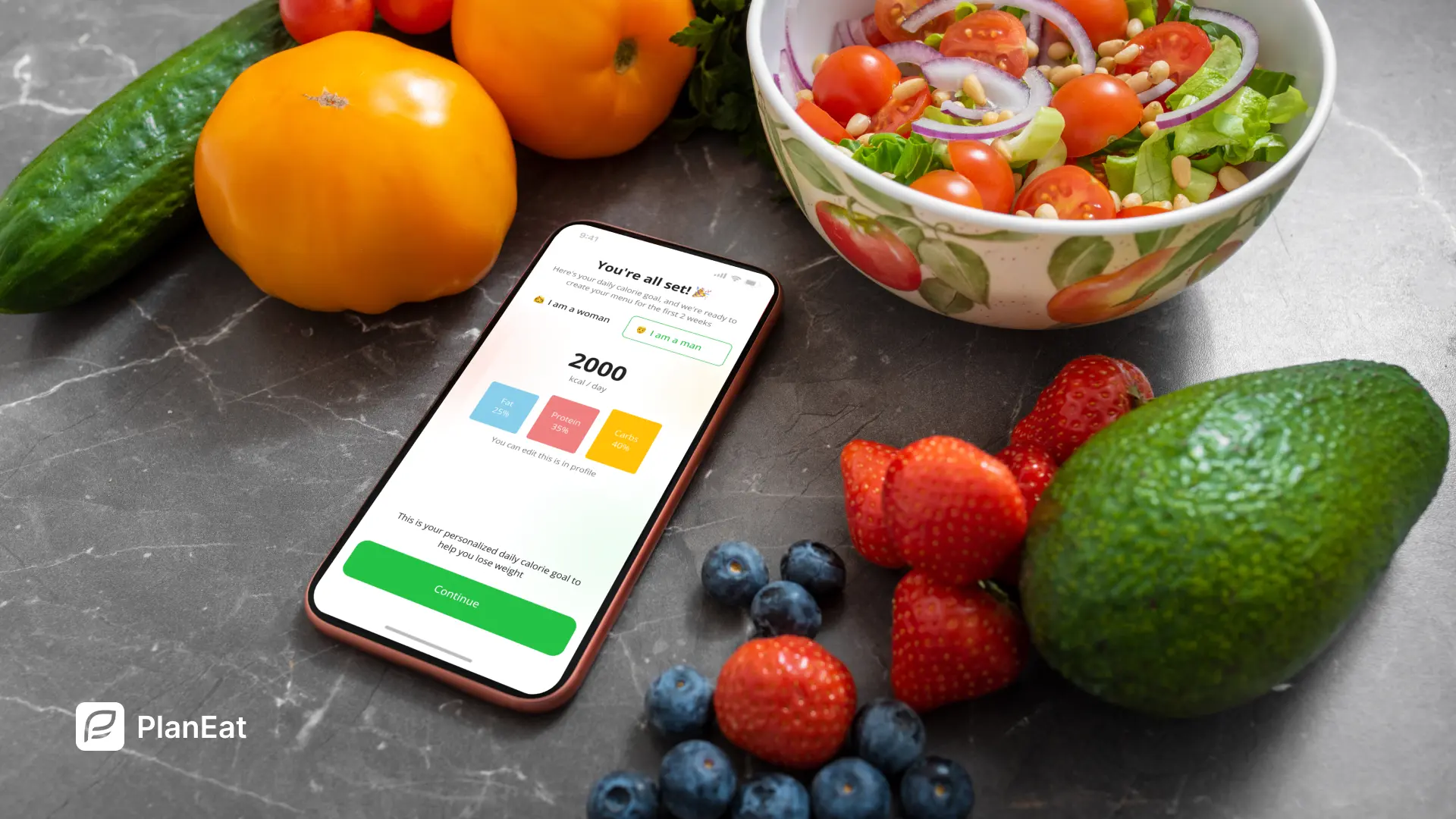
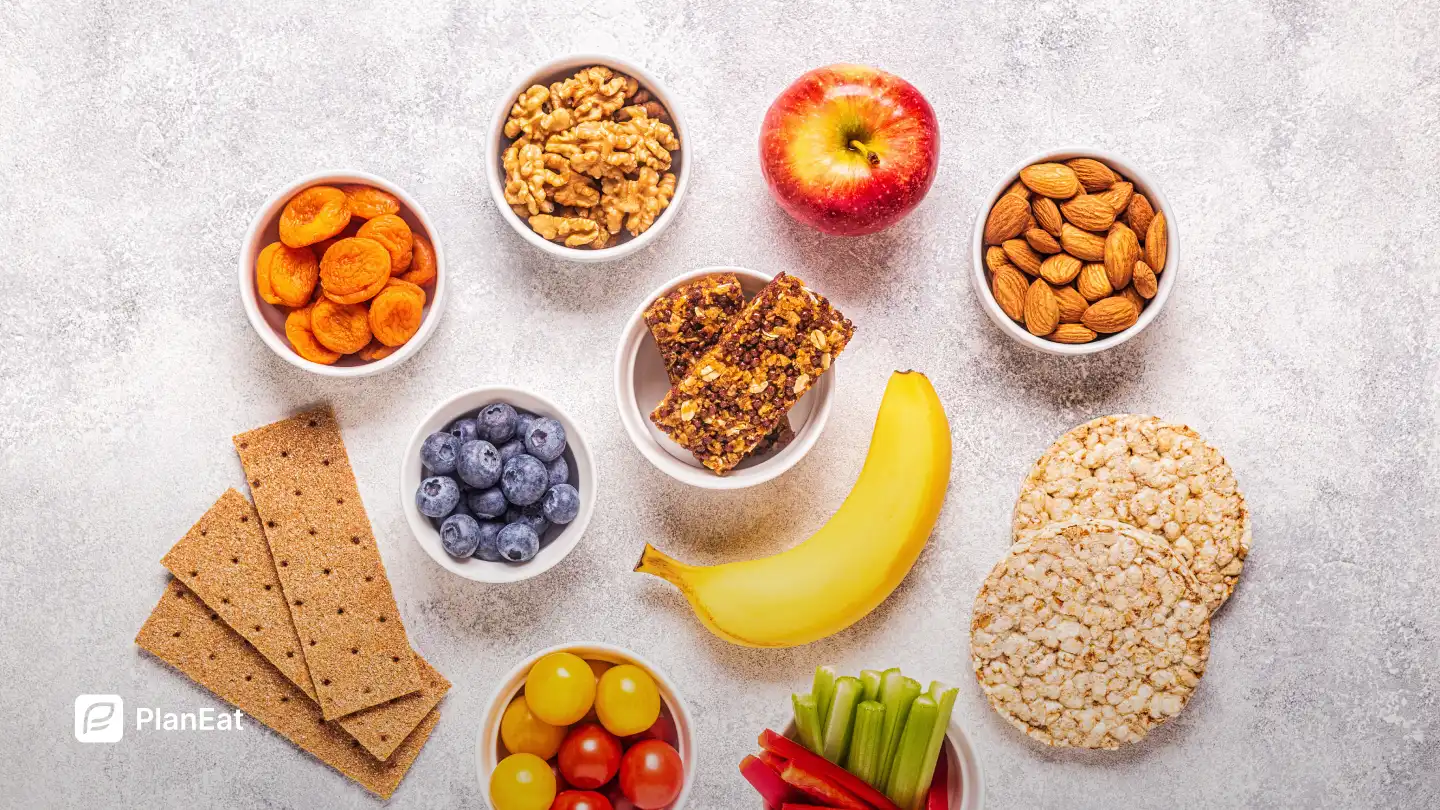
.webp)


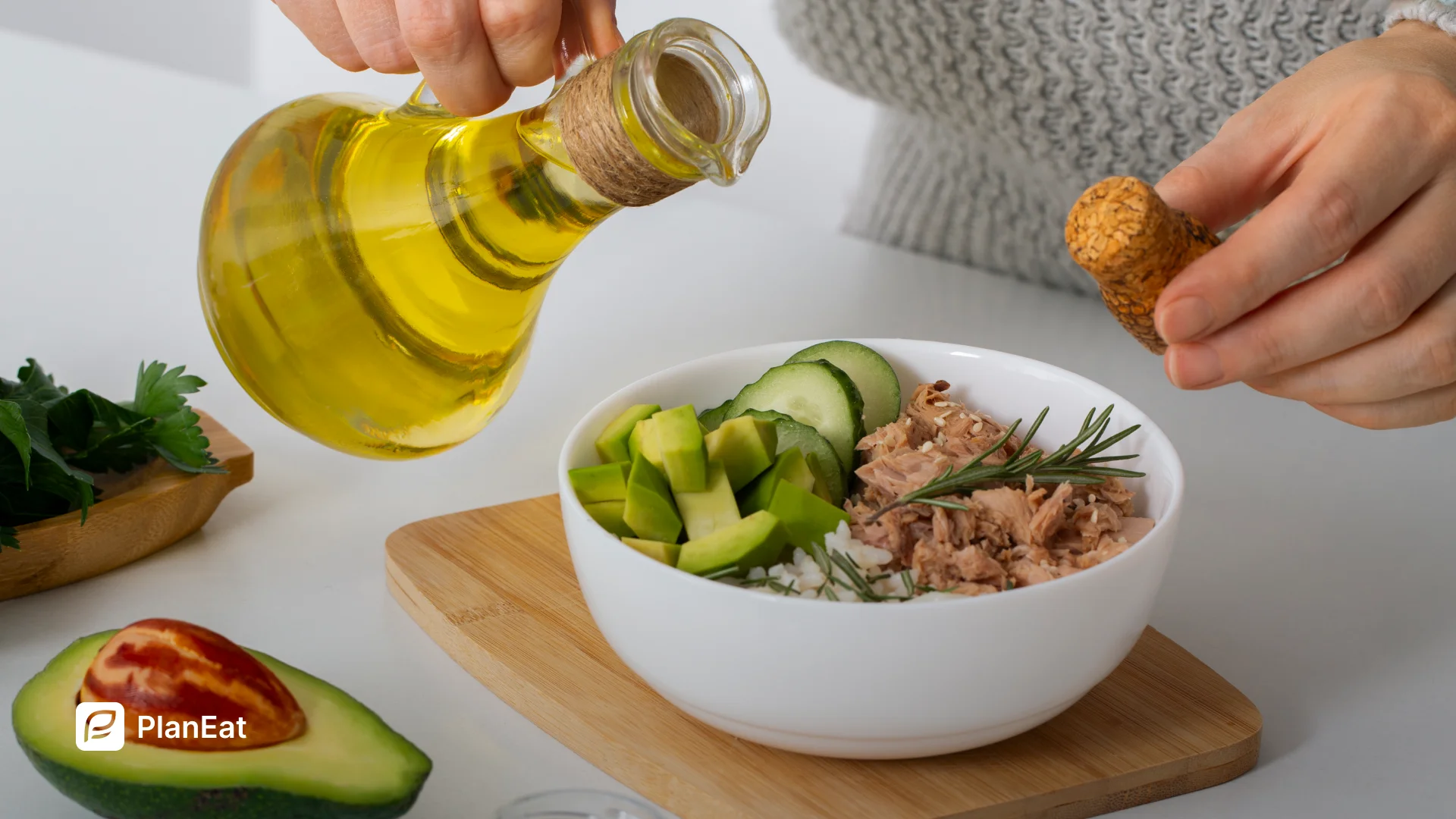
.webp)

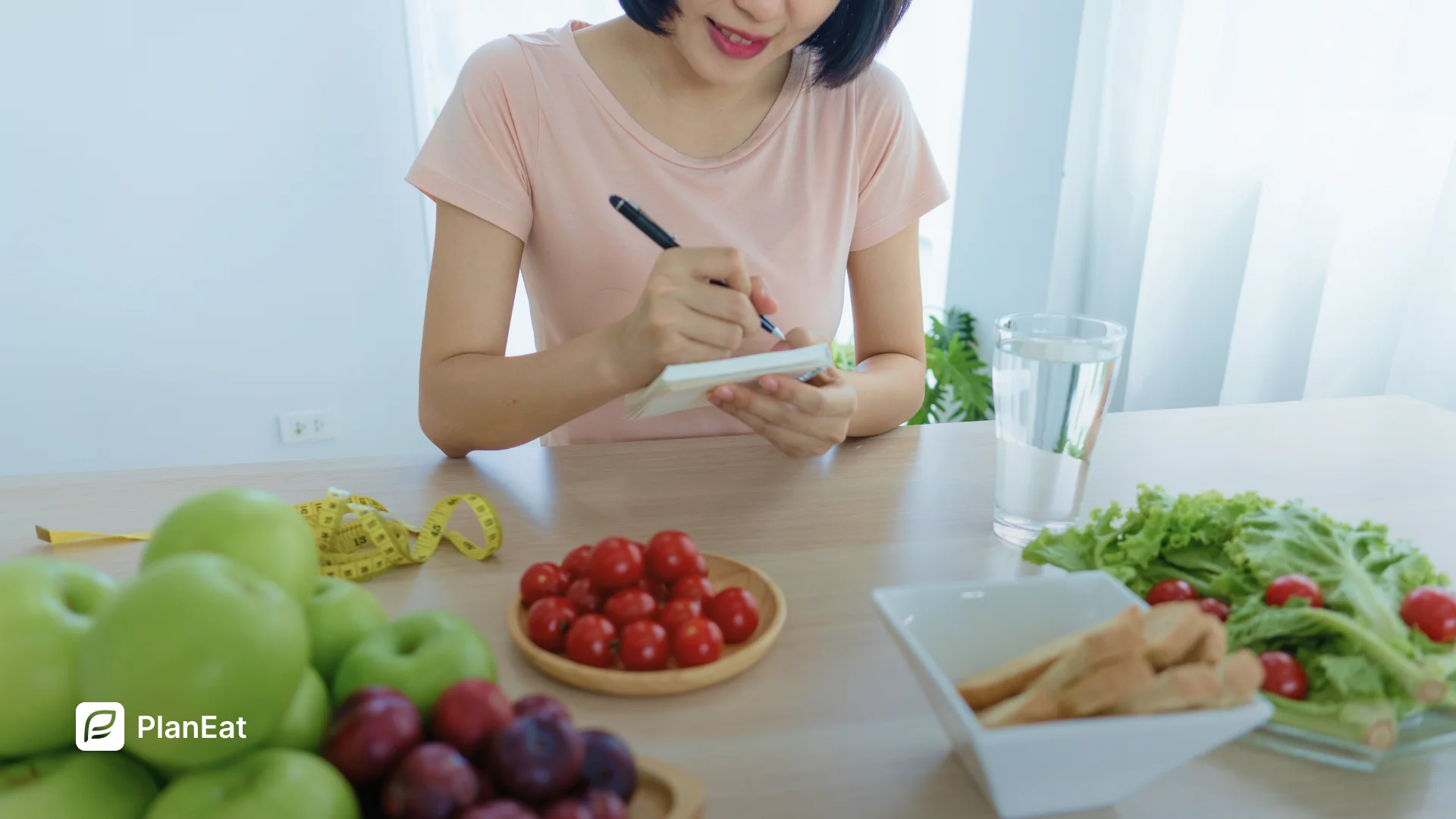

.webp)
.webp)
.webp)
%20%2B%207%E2%80%91Day%20Menu.webp)
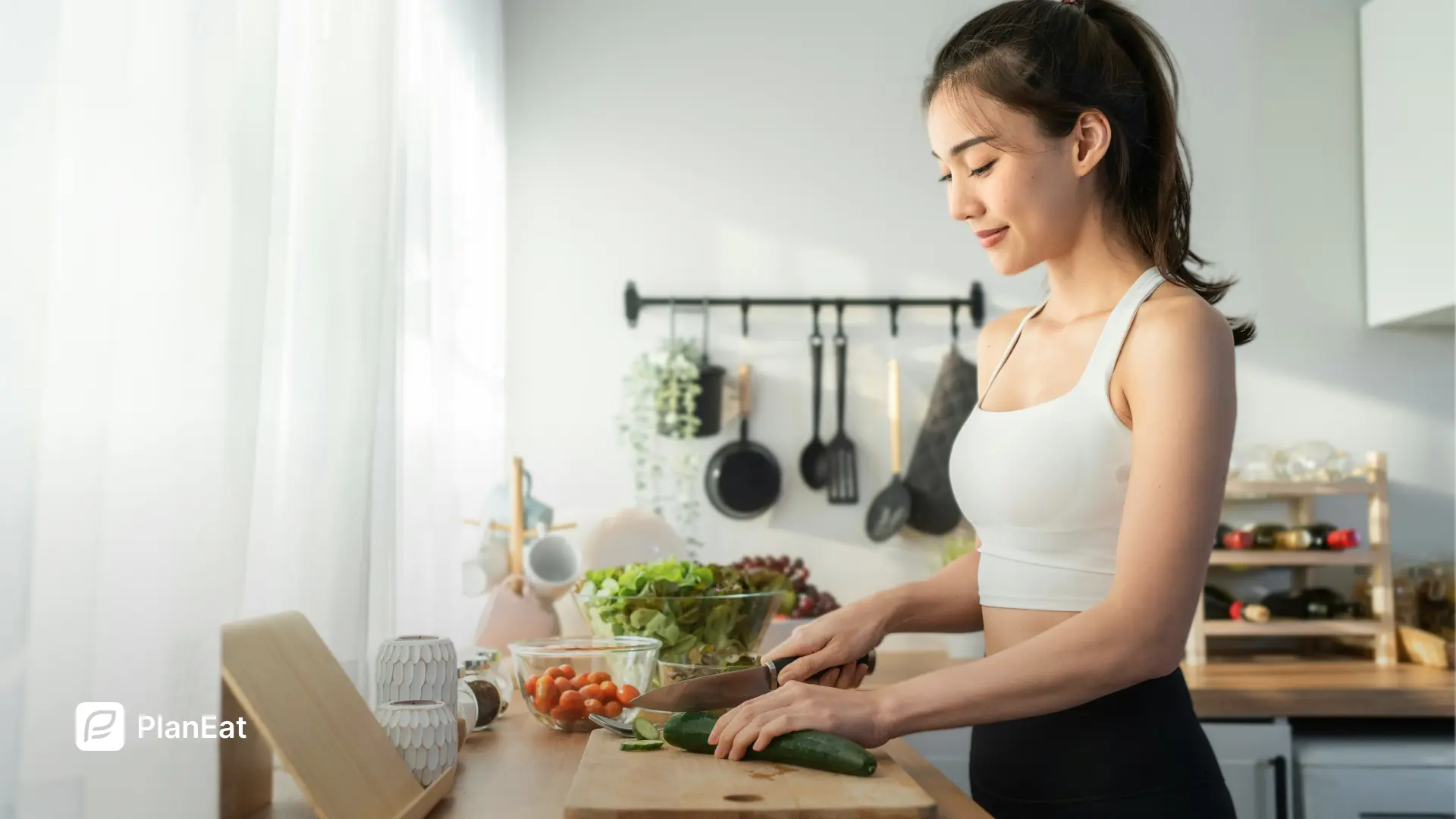



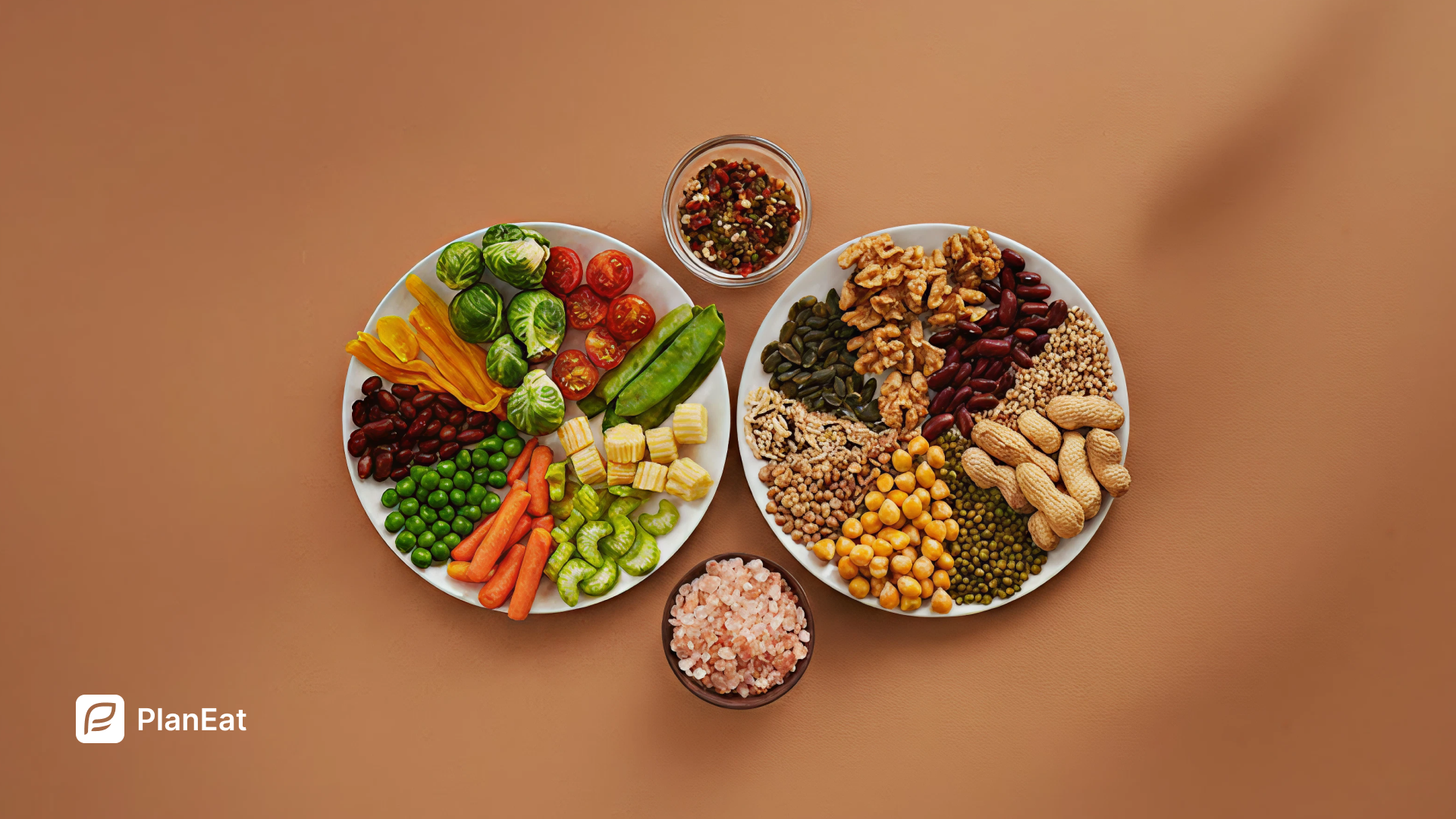
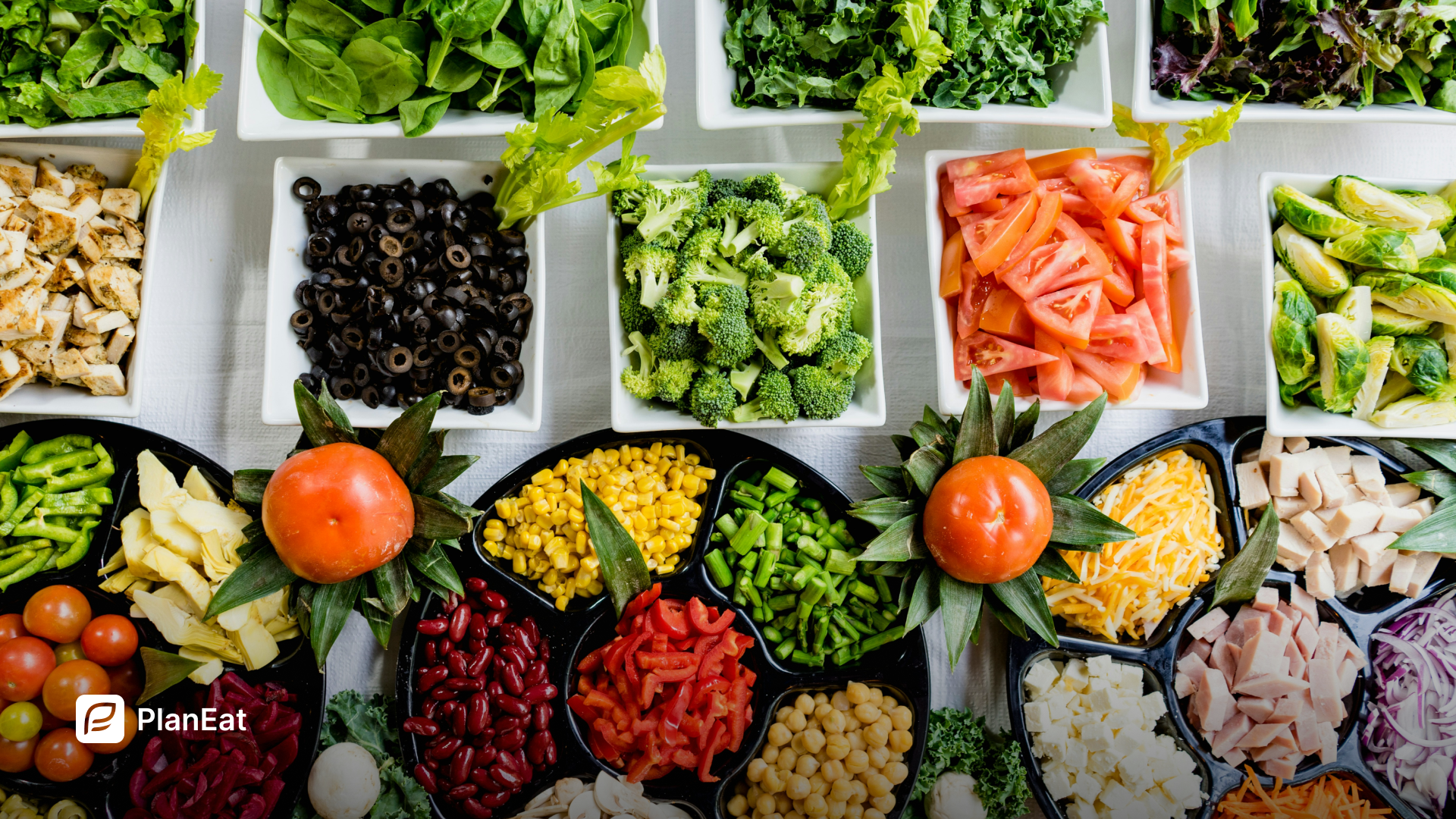
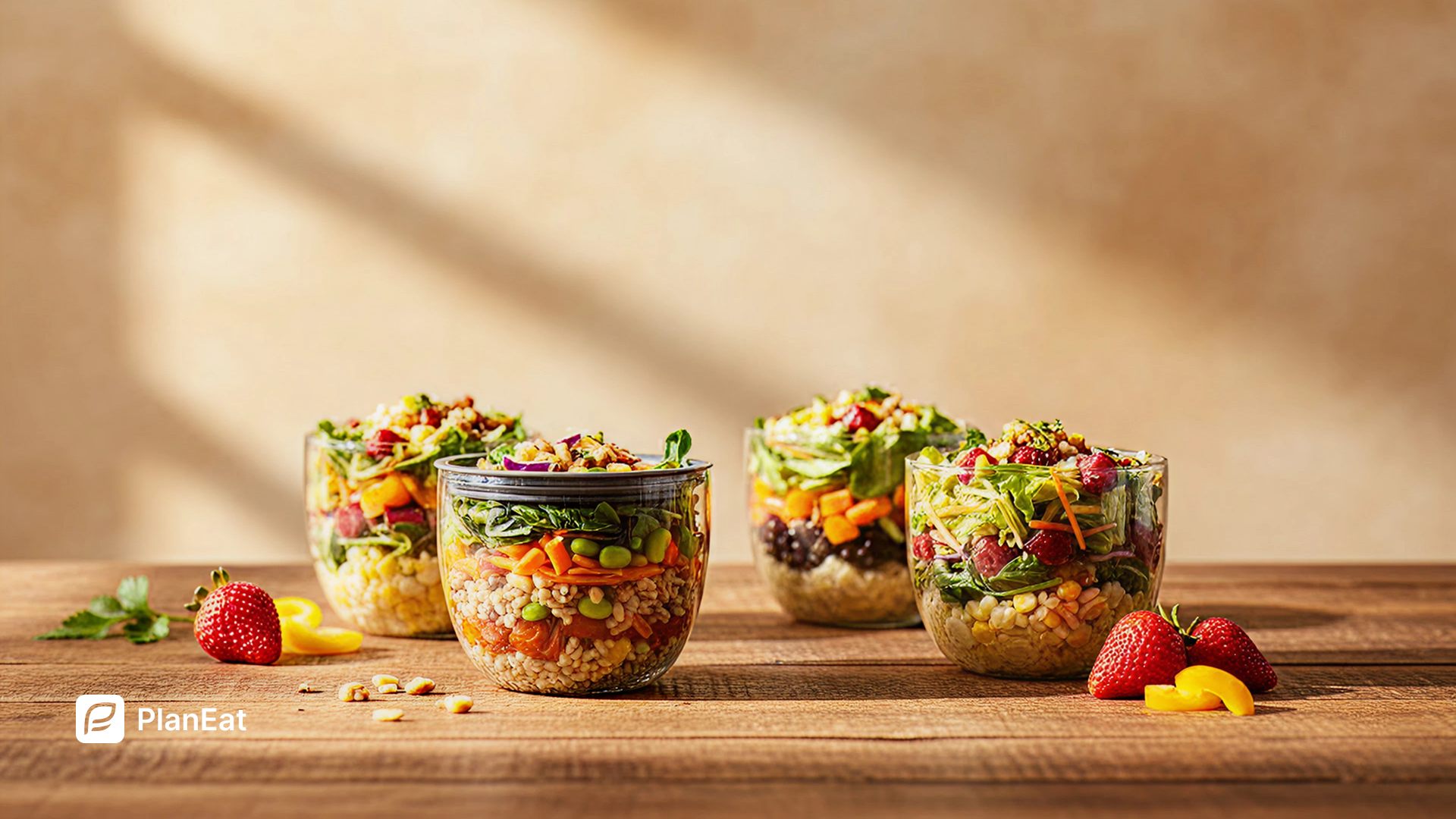

.webp)
